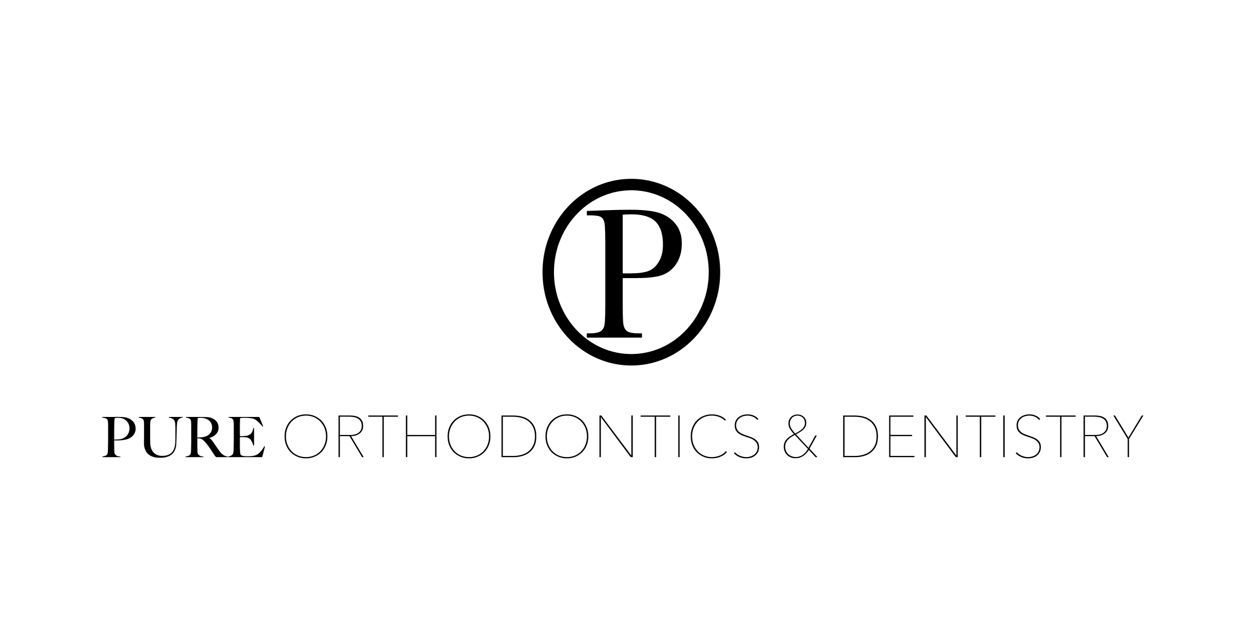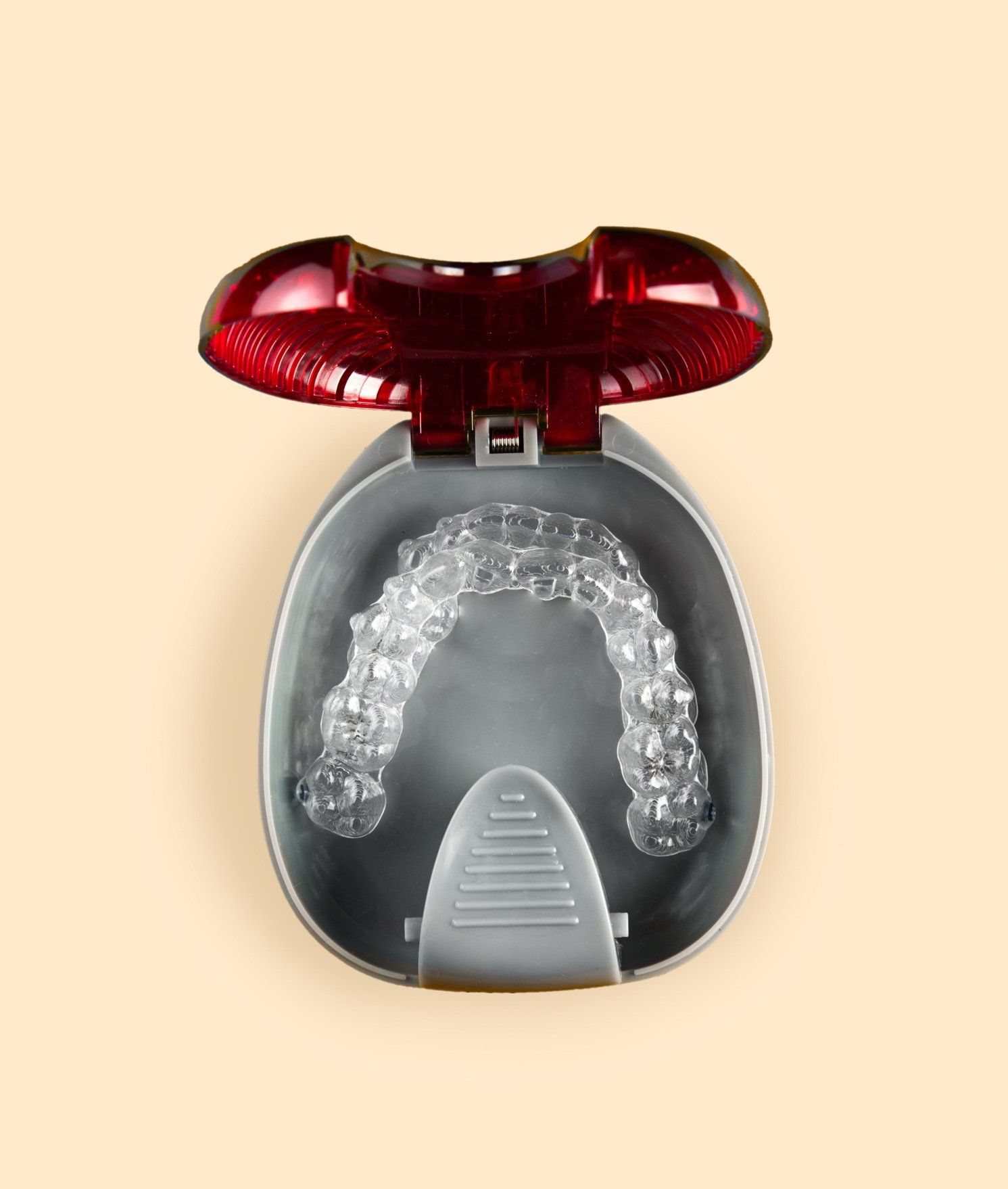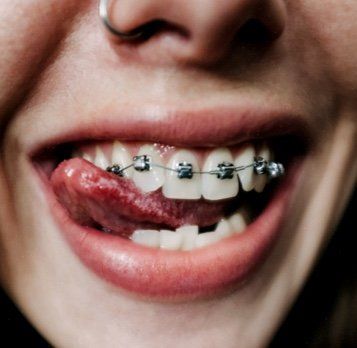Braces vs Invisalign: A Comprehensive Guide to Orthodontic Options
Pure Orthodontics and Dentistry
Navigating Orthodontic Choices: Braces vs Invisalign – A Guide to Straighter Smiles and Dental Wellness
Introduction:
As of January 10, 2020, the interest in orthodontic treatments has significantly increased, with nearly 64% of adults regularly visiting dentists. This surge is reflected in the American Association of Orthodontists' survey, indicating that approximately 1.5 million people seek orthodontic care, emphasizing the growing importance of a straight and aesthetically pleasing smile. In this article, we will explore the choice between traditional braces and Invisalign, shedding light on their respective merits and drawbacks, along with insights into the average cost of Invisalign.
Orthodontic Options: Braces and Invisalign
Braces:
Traditionally, braces consist of metal brackets affixed to the teeth and connected by wires and rubber bands. Over the years, braces have evolved, offering variations such as colored brackets or clear options to better blend with teeth. The application of braces typically takes 1 to 2 hours, with some discomfort expected post-application.
Invisalign:
Invisalign serves the same purpose as braces but distinguishes itself by being virtually invisible. It utilizes clear aligner trays customized to fit the unique jaw imprint of the individual. These transparent trays, made of a single piece of plastic, gently exert pressure on the teeth to guide them into the desired position.
Comparison:
While both braces and Invisalign aim to straighten teeth, they come with distinct pros and cons. Braces are visible but can be customized, while Invisalign offers discreetness with clear aligner trays.
Average Cost of Invisalign:
The cost of Invisalign is comparable to braces, ranging from $3,000 to $5,000. The final cost is determined by factors such as oral health needs, treatment duration, and insurance coverage. Individual circumstances, like the presence of an overbite, may extend the treatment period and influence the overall cost.
Treatment Duration:
Invisalign offers a shorter treatment time compared to braces. The initial consultation involves impressions and photographs, leading to the creation of a 3D projection for aligner production. Invisalign aligners are worn for 20 hours a day, with replacements every two weeks, resulting in an average treatment duration of 6 to 18 months. In contrast, braces are a permanent fixture for approximately 2 years.
When to Consider Invisalign:
Shifts in teeth position, whether due to age, periodontal disease, or teeth grinding, warrant a visit to an orthodontist. Invisalign becomes a favorable option for those seeking discreet treatment and experiencing self-esteem concerns.
Additional Considerations:
Invisalign's advantages include its clear appearance, removability during meals, and minimal discomfort compared to braces. While slightly more expensive, potential drawbacks include the risk of loss or breakage and the need for regular teeth brushing after meals.
Conclusion:
In the realm of orthodontics and dentistry spanning over 30 years, our commitment to Grand Blanc, Michigan, remains unwavering. For comprehensive orthodontic and dental care, consider consulting with our experienced professionals at Pure Orthodontics and Dentistry. We prioritize the well-being of our community, making your oral health a paramount part of our mission. Schedule a consultation today and invest in your radiant smile!


